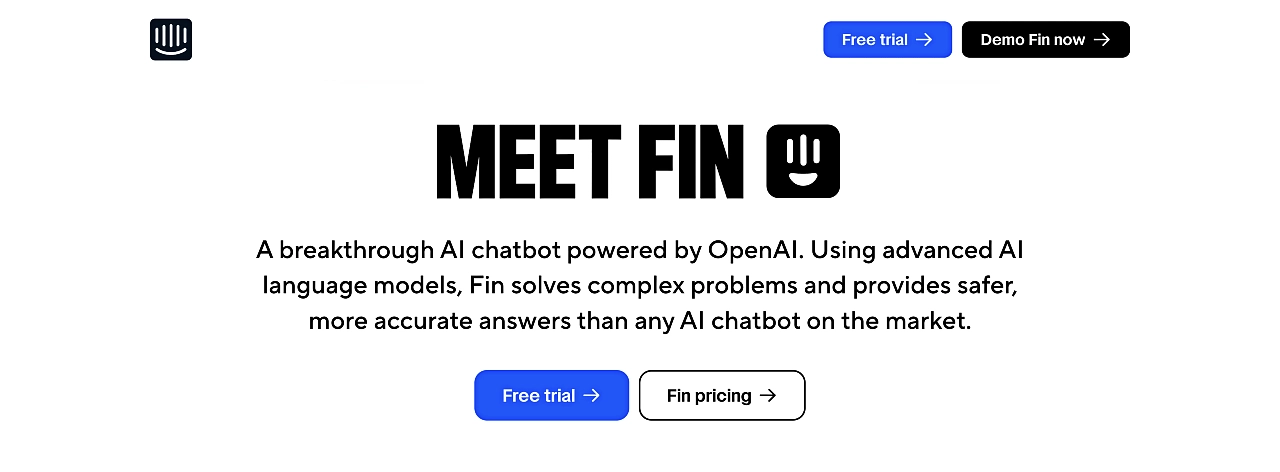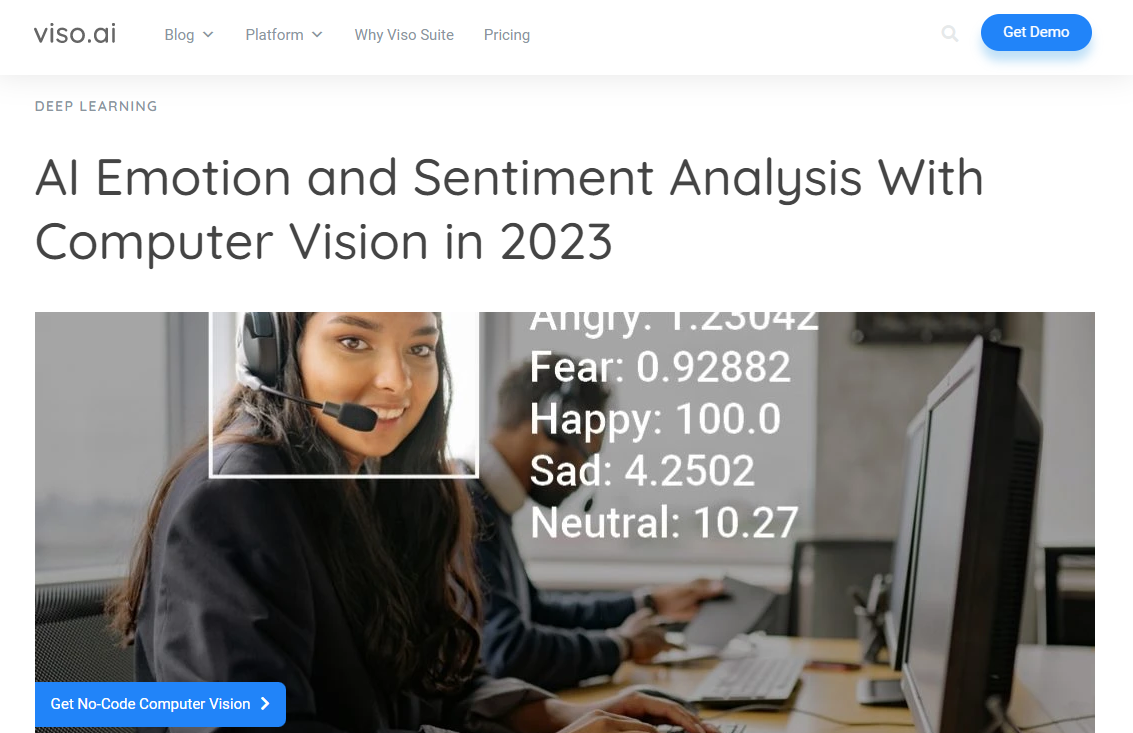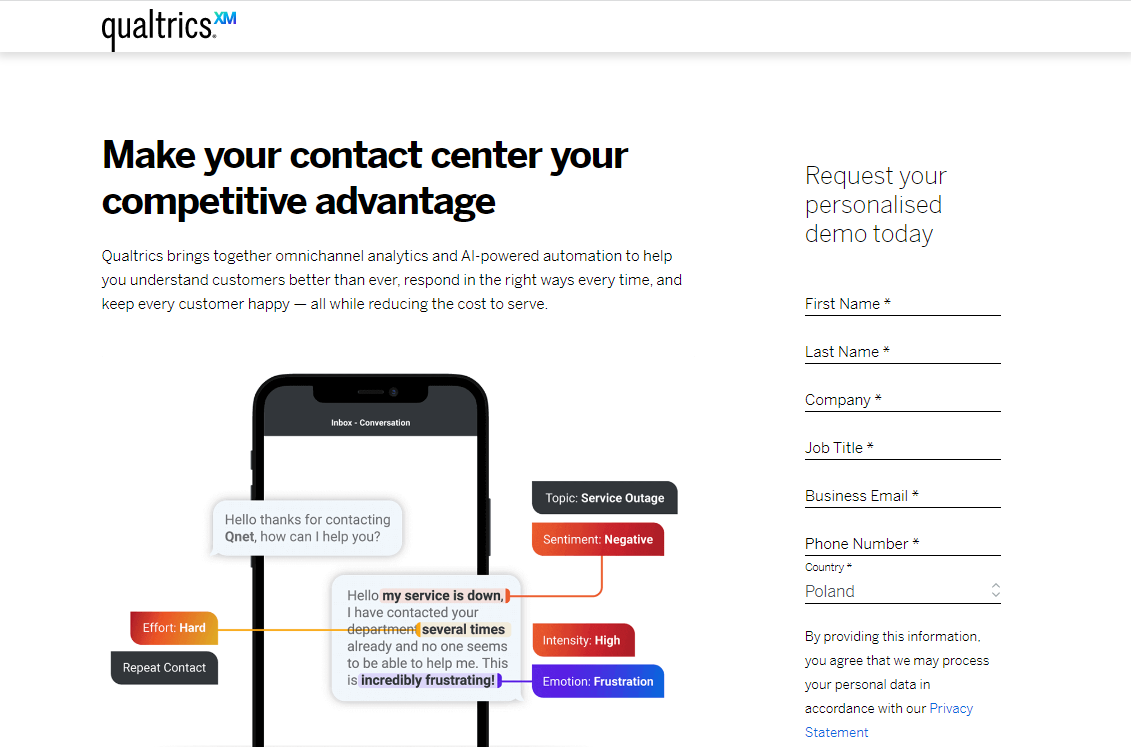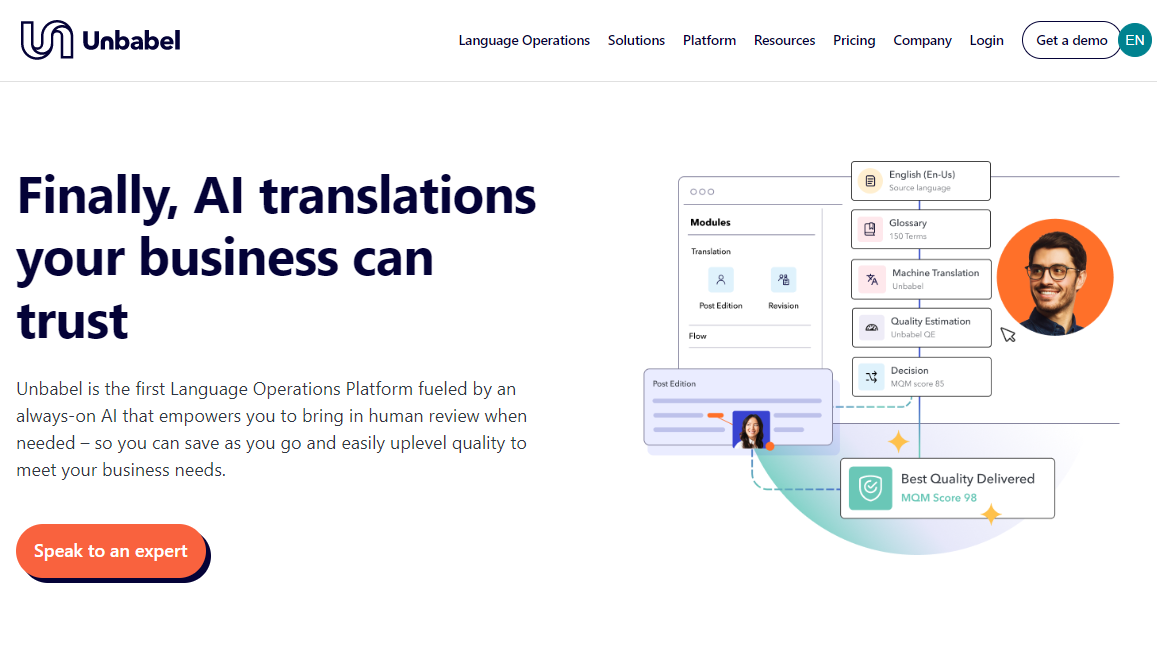We live in an age of rapid technological evolution, and in the last few years, one of the most talked-about ones has been artificial intelligence (AI). AI has, in fact, also revolutionized the landscape of customer service, empowering businesses of all sizes to offer round-the-clock support and deliver more personalized experiences.
So, what are the critical ways in which the customer experience industry can benefit from AI? ⚠️
In this article, we’ll tell you everything you need to know about the AI-driven solutions that are already reshaping customer service teams and boosting customer satisfaction.
📚 We’ll first briefly review what AI customer service entails, some of its benefits, as well as its challenges, and then we’ll share five ways that you can start using AI for your own customer service needs.
Let’s do this!
What is AI customer service?
The goal of AI in customer experience is to improve the overall experience and create more meaningful interactions with consumers. From virtual assistants to sentiment analysis, many solutions have already been seamlessly integrated into the various facets of customer service operations. 👇 For example:
- Chatbots and Virtual Assistants: One of the tools at the forefront of modern customer service is AI-powered chatbots and virtual assistants. These digital agents (which use natural language processing or NLP) can, for instance, help customers with common queries and provide instant responses and resolutions.
- Automated Self-Service: AI customer service also facilitates many self-service options for customers, such as finding information, tracking orders, and performing routine tasks without the need for direct human interaction.
- Personalization and Recommendation: Artificial intelligence can study purchase history, browsing behavior, and preferences, and deliver personalized recommendations and suggestions.
- Sentiment Analysis: AI can also evaluate customer feedback, reviews, and social media interactions to gauge sentiment, identify areas for improvement, and address issues.
- Predictive Analytics: Leveraging historical data, AI-driven predictive analytics can anticipate customer needs and behaviors, too. So, your business can proactively address potential concerns, offer targeted promotions, or optimize inventory management, just to name a few examples.
- Voice Assistants: Voice assistants provide hands-free access to information, so users can inquire about products, place orders, and schedule appointments using natural speech.
- Real-Time Support: AI also enables real-time support through various channels, including social media, messaging apps, and live chat.
- Language Translation: AI-driven language translation tools can also enable your business to communicate effectively with a global customer base.
- Fraud Detection: Lastly, AI’s pattern recognition capabilities (which analyze transactions and user behaviors) can detect and prevent fraudulent activities.
The benefits of AI customer service automation
Adding artificial intelligence to your customer service interactions offers several benefits. Firstly, it can reduce friction at all points in the customer journey, as chatbots can quickly reply to most routine questions from users. Plus, AI can also give your company better response metrics, as these tools can easily handle large amounts of requests within seconds.
However, the true power of AI is its use of customer service data. AI uses real-time data, which can be incredibly powerful for making predictions. Let’s see a few examples.
AI-powered solutions can lead to significant cost savings because you can automate routine customer inquiries that would otherwise need to be redirected to a customer service team. We’re talking, in particular, about basic customer queries, such as tracking orders or providing information about certain products. Instead, AI customer service can allow human agents to focus on the most complex and specialized customer needs – something that also eases the pressure of working on mundane and repetitive tasks!
👉 For instance:
- An airline can employ a chatbot on its website to automate check-in processes and answer frequently asked questions about baggage policies and flight details.
- An ecommerce platform can integrate AI-driven ecommerce-focused chatbots that instantly respond to customer inquiries about order status and delivery times.
- A financial institution can employ AI to analyze customer inquiries and direct them to the appropriate department, whether it’s for credit card issues, mortgage inquiries, or investment questions.
- An online fashion retailer can use AI algorithms to analyze customer browsing history and past purchases and then tailor its website to display product recommendations that align with the customer’s style preferences.
- A hotel chain can employ AI-driven translation tools to provide multilingual support for international guests.
The challenges of AI customer service
As it happens with any technology, AI also has its downsides when it comes to dealing with customer service processes.
One such hurdle is a lack of human touch and empathy. Although AI intends to replicate human interactions, it still struggles to understand and respond appropriately to complex emotional nuances or unique customer situations.
Implementing AI customer service also requires collecting and analyzing customer information, which might raise concerns about security and data privacy. Plus, some customers expect their conversations to happen with a human and can be hesitant or resistant to interacting with AI systems.
Another consideration is that AI relies on both accurate data and well-trained models, and it needs to be integrated into existing customer service platforms correctly (like CRMs and databases), something that can be challenging. 👾👾👾
How to use AI and machine learning in customer service
AI tools are constantly evolving, but below, you will find some new AI tools and their applications in customer service.
- Conversational AI platforms and augmented messaging
- Voice analytics
- Sentiment analysis and emotional AI
- Predictive analytics
- Multilingual support
1. Conversational AI platforms and augmented messaging 📡

These platforms use advanced natural language processing (NLP) to support more sophisticated conversations between AI and customers. They’re typically used in chatbots, virtual assistants, and messaging apps and can provide quick responses and personalized interactions.
For example, a travel company can employ a conversational AI platform to create a virtual travel assistant and help customers book flights, hotels, and activities.
🔎 Best chatbots to test
If you’re looking for some good chatbots to transform customer service, you can try:
- Zendesk Chat: Zendesk is a sales CRM and customer service software. One of its included tools is the Chat service, which is pretty customizable and can pull info from your company’s database.
- Fin: Fin is a breakthrough AI chatbot powered by OpenAI (the creators of ChatGPT), designed to resolve customer support inquiries by leveraging advanced AI language models to provide safer and more accurate answers compared to other AI chatbots on the market.
2. Voice analytics 📢

Voice analytics tools look at customer interactions in real time and extract insights from voice conversations to gauge sentiment, detect customer emotions, and identify trends.
For example, a call center can use voice analytics to identify frustrated customers during calls and automatically route them to specialized agents trained in de-escalation techniques.
🔎 Best voice analytic tools to test
When it comes to speech analytics software, here are some ideas to take your AI-powered customer support to the next level:
- Google Cloud Speech-to-Text: Did you know that each month, Google processes more than a billion voice minutes? Thanks to AI research and technology, this API can help you transcribe in 73 languages and 137 local variants.
- Genesys Cloud CX: This industry-leading cloud call center platform allows you to meet your customers on a number of different channels. It also includes predictive AI and voice analysis.
3. Sentiment analysis and emotional AI 📈

These tools analyze text and interactions to understand customer sentiment and emotions, helping companies tailor responses and interventions accordingly.
For example, an online streaming service can use sentiment analysis to monitor social media discussions about their shows and identify potential concerns early.
🔎 Best emotional AI tools to test
AI tools can also use visual perception to understand human-machine interaction. For instance:
- Viso.ai: Viso AI provides end-to-end computer vision capabilities that include face detection, emotional classification, and AI emotion analysis.
- Enlighten AI: Another popular tool is Enlighten AI, which analyzes interactions to identify behaviors and drive better experiences in your contact center.
4. Predictive analytics 📊

These AI customer service tools are capable of leveraging historical data to predict customer behaviors, so they can help your business assess needs, recommend products, and optimize service delivery.
For example, an ecommerce platform can use predictive analytics to anticipate which products a customer might be interested in based on their browsing and purchase history and offer more tailored cross-selling opportunities.
🔎 Predictive analytic tools to test
Here are some platforms you can try to explore predictive analytics within your business:
- Qualtrics XM Discover: Qualtrics is an omnichannel analytics and automation platform that empowers some of the biggest contact centers in the world.
- Call center analytics: Call center analytics is an automated reporting tool to speed up decision-making by using real-time insights on critical KPIs.
5. Multilingual support ☎️

AI-powered multilingual support uses natural language processing and machine translation algorithms to understand customer queries in various languages. These systems don’t just interpret the nuances of different languages, but they can also offer responses in various languages.
For example, an international company that sells clothing and accessories to customers around the world can integrate a multilingual support chatbot on its website and mobile app to assist customers in different languages.
🔎 Multilingual support tools to test
Lastly, here are some tools you can use if you’re looking to provide multilingual support:
- Unbabel: This Language Operations platform uses AI to create fast and high-quality translations across customer service teams and marketing teams – and it’s used by leading brands like Uber, Microsoft, Facebook, and many others.
- Lokalise: Lokalise is a fast-growing multi-platform translation management system that keeps your KPIs in mind when automating repetitive translation tasks.
Conclusion 🧐
AI is set to transform the customer service industry completely, improving online customer experience, aiding in customer retention, and offering practical and efficient ways to provide exceptional services.
However, poorly designed AI customer service interfaces or systems can only lead to frustration and dissatisfaction. So it’s essential to navigate the potential challenges of customer service AI correctly, by maintaining a balance between the benefits of AI-driven efficiency with human-centric elements.
In other words, augment your customer service operations with AI, but don’t rely solely on it.
Have you started using artificial intelligence to boost your customer service? Let us know in the comments and also mention which AI tool(s) you’ve been using to get the job done.